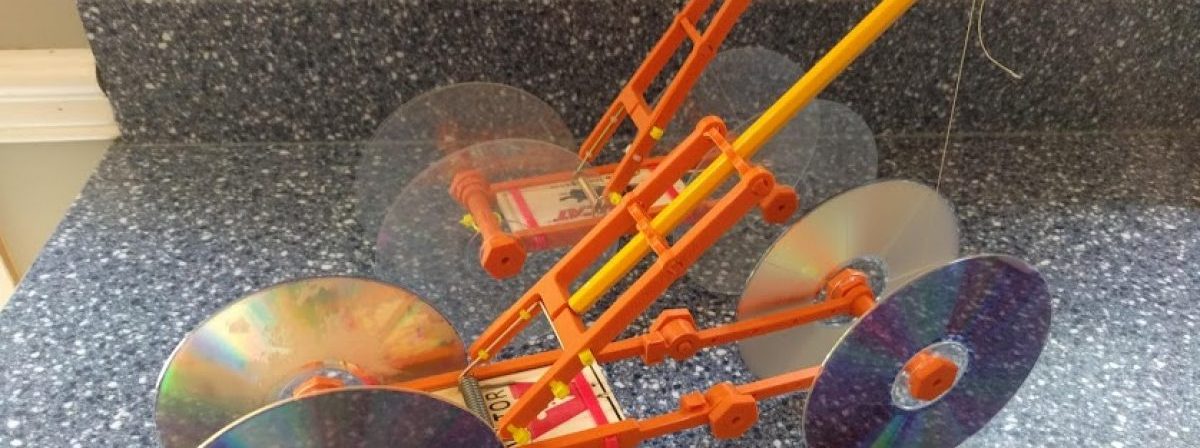The mousetrap car is a popular science experiment, often used in physics classes to illustrate basic principles of mechanics, particularly the conversion of potential to kinetic energy. At the heart of this setup is the spring mechanism of a simple mousetrap. This article will provide a step-by-step guide on how to measure the energy stored in the spring of a mousetrap car, including how to measure the sprung distance.
Step 1: Understanding the Basics
The mousetrap’s spring mechanism stores potential energy. When the spring is set, the energy is held in the spring until released. On release, the potential energy is converted into kinetic energy, driving the wheels of the mousetrap car forward. The amount of energy in the spring is dependent on two factors: the spring constant (k), a measure of how stiff the spring is, and the distance the spring is stretched or compressed from its equilibrium position (x).
Step 2: Calculating Spring Constant (k)
To calculate the spring constant of the mousetrap, you’ll need a series of weights, a ruler, and a setup where you can suspend the mousetrap safely and attach weights to it.
- Attach a small weight to the mousetrap spring and measure the amount the spring stretches.
- Gradually add more weight and measure the additional stretch for each added weight.
- Plot the weight versus the stretch distance on a graph. The slope of the line, which should be linear if Hooke’s law is obeyed, gives you the spring constant (k).
Please note, the unit of the spring constant will be in N/m (Newton per meter).
Step 3: Measuring the Sprung Distance (x)
To measure the sprung distance, you need to determine how far the spring moves from its resting or equilibrium position when the mousetrap is set.
- Using a ruler, measure the distance from the point where the spring is attached to the body of the mousetrap to the point where it latches onto the ‘cheese pedal.’ This will be your resting or equilibrium position.
- Set the mousetrap, then measure the distance from the spring attachment point to the new position of the latch on the ‘cheese pedal.’
The difference between these two measurements is the sprung distance.
Step 4: Calculating the Potential Energy in the Spring
Once you have both the spring constant (k) and the sprung distance (x), you can calculate the potential energy stored in the spring using the formula for elastic potential energy:
PE = 0.5 * k * x^2This equation is derived from Hooke’s Law and will give you the potential energy in joules (J).
Conclusion
By understanding how to measure the energy stored in the spring of a mousetrap car, you can gain insights into the physics principles that drive this simple machine. It can be a fun and educational experiment, providing a hands-on application of concepts such as potential and kinetic energy, Hooke’s Law, and basic mechanics.
